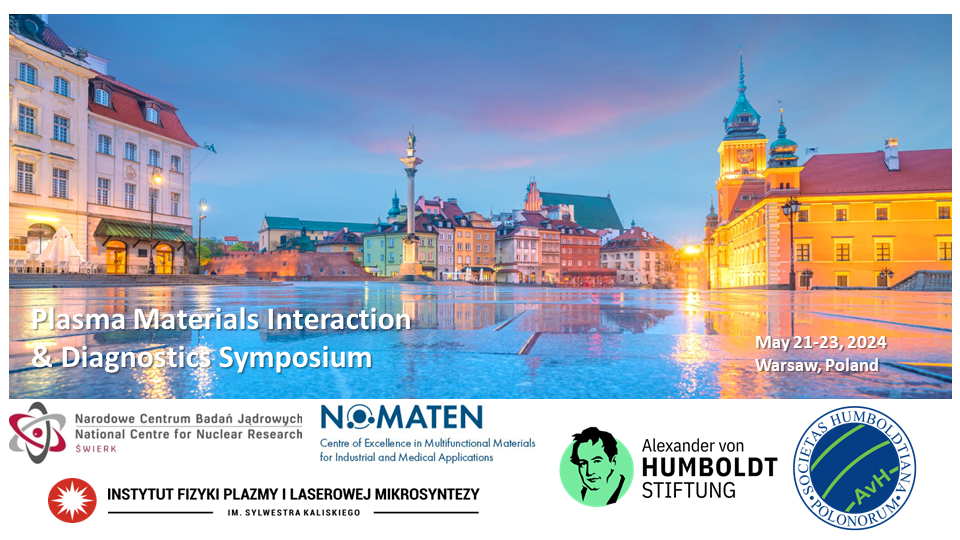Speaker
Description
Monitoring the tritium retention of the walls of fusion devices is important due to radiation safety, the fuel cycle and material degradation. Laser-induced desorption (LID) allows to measure the gas inventory of plasma facing components (PFCs) by desorbing the retained gases using a ms long laser pulse to heat a 3 mm diameter spot on the PFC and quantifying them by quadrupole mass spectrometry (QMS). This method was applied ex situ to JET PFCs in the FREDIS device in Jülich where also thermal desorption spectrometry (TDS) was used on samples of the same PFC. A very good quantitative agreement between LID-QMS and TDS was found. Thus, LID-QMS was installed in 2023 on JET as a test run for ITER. The ex situ and in situ setups, working procedures and results are presented here. The in situ diagnostic came into operation during the D plasma campaign before the DT campaign. The detection limit of most of the QMS at JET was sufficiently low to detect the long-term D retention released from a single laser spot along the whole poloidal scan of the upper inner divertor of JET. Then, in the DT campaign, the successful detection of tritium retention at JET has been demonstrated and the tritium reduction after the DT campaign has been monitored. As DT plasmas were only used for 6 weeks this short-term retention was measured by fast repetition of up to 512 laser pulses every 20 ms every 3 mm. This raster mode was thus able to increase the desorbed area and the released gas amount by more than two orders of magnitude and allowed to study short-term retention on a daily basis.

